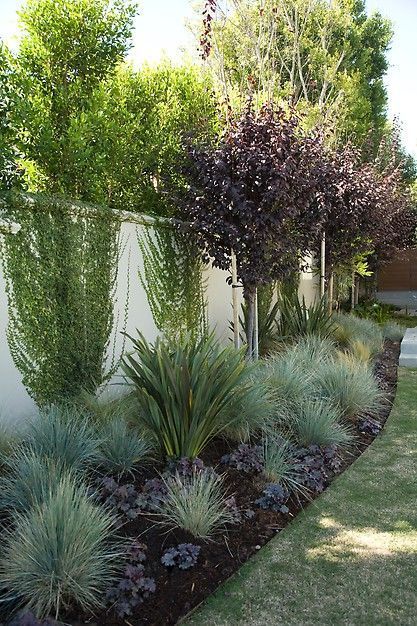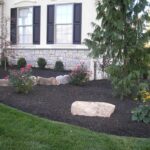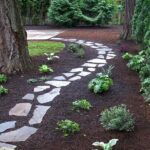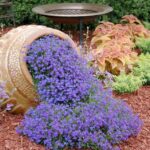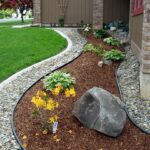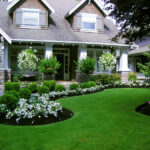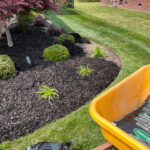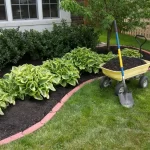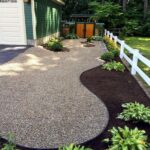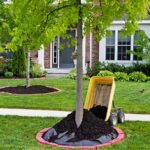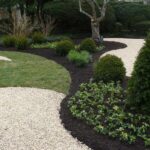Landscaping mulch is an essential element in creating a beautiful and well-maintained outdoor space. Not only does mulch improve the appearance of your garden beds, but it also serves a practical purpose by helping to retain moisture, suppress weeds, and regulate soil temperature. With a wide variety of mulch materials available, it’s easy to find the perfect option to suit your landscaping needs.
One popular choice for landscaping mulch is organic mulch, such as wood chips, bark, or pine straw. These materials break down over time, adding valuable nutrients to the soil and improving its overall health. Organic mulch also has the added benefit of enhancing the appearance of your garden beds with its natural texture and color variations.
Inorganic mulch options, like gravel, stones, or rubber mulch, are another great choice for landscaping. These materials do not break down over time, making them a low-maintenance option for your outdoor space. Inorganic mulch is also highly versatile and can be used in a variety of landscaping designs, from modern and minimalist to rustic and traditional.
Mulch can also be used to create defined pathways or borders within your garden beds. By using a contrasting color or material for your mulch, you can create visual interest and help to define different areas of your outdoor space. Pathways made of mulch are not only aesthetically pleasing but also provide a practical solution for navigating your garden without trampling on delicate plants.
For a more creative approach to landscaping mulch, consider using recycled materials like shredded paper, cardboard, or straw. These materials are not only eco-friendly but also provide effective weed suppression and moisture retention. Recycled mulch can add a unique and unexpected element to your garden beds while also reducing waste and promoting sustainability.
When choosing landscaping mulch for your outdoor space, it’s important to consider the specific needs of your plants and soil. Some plants may prefer a particular type of mulch, such as acidic-loving plants that thrive with pine straw mulch. Additionally, make sure to apply mulch at the appropriate depth to ensure optimal results – typically around 2-4 inches deep for organic mulch and 1-2 inches for inorganic mulch. By carefully considering your landscaping mulch options, you can create a beautiful and functional outdoor space that enhances the overall look and health of your garden.
